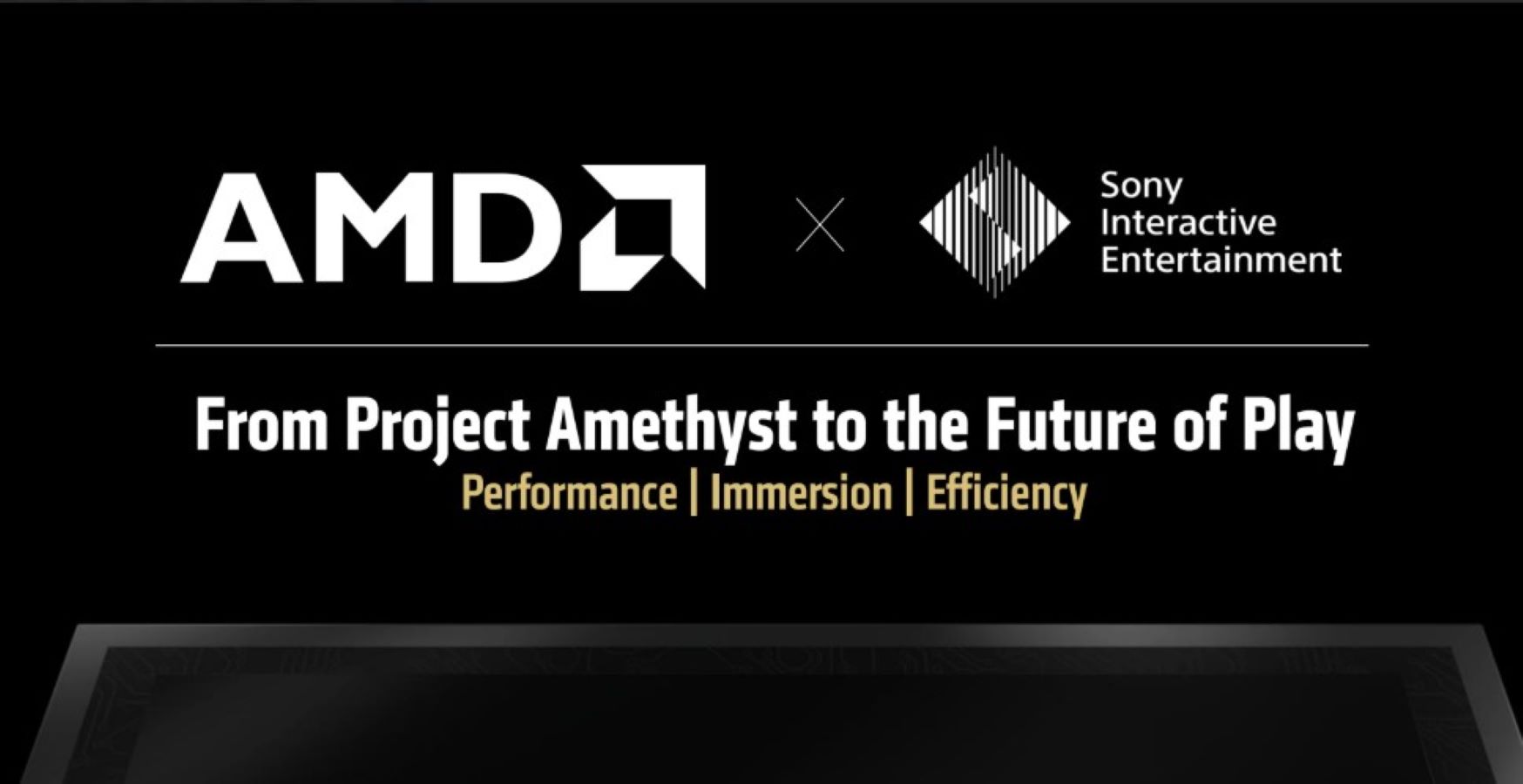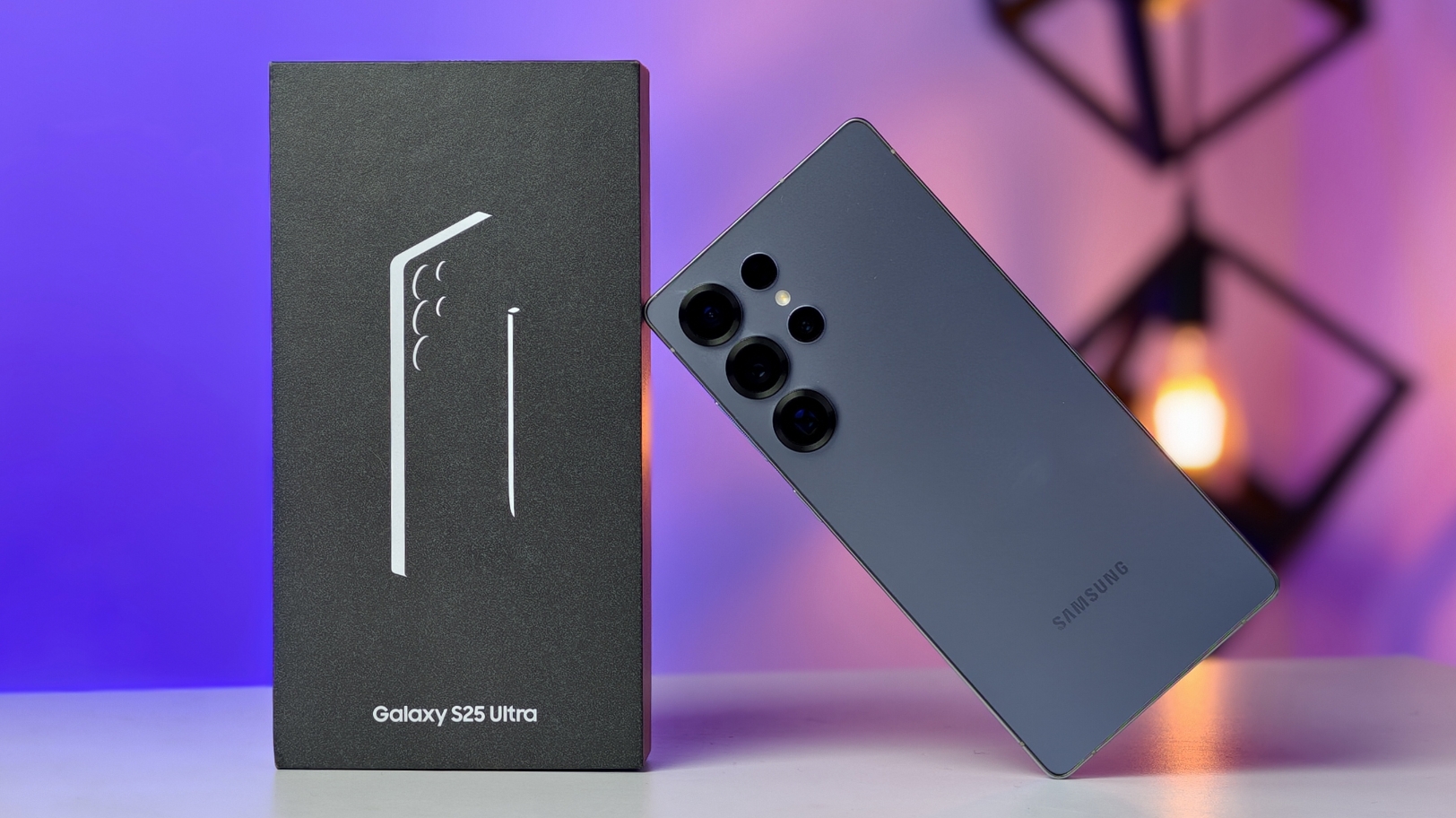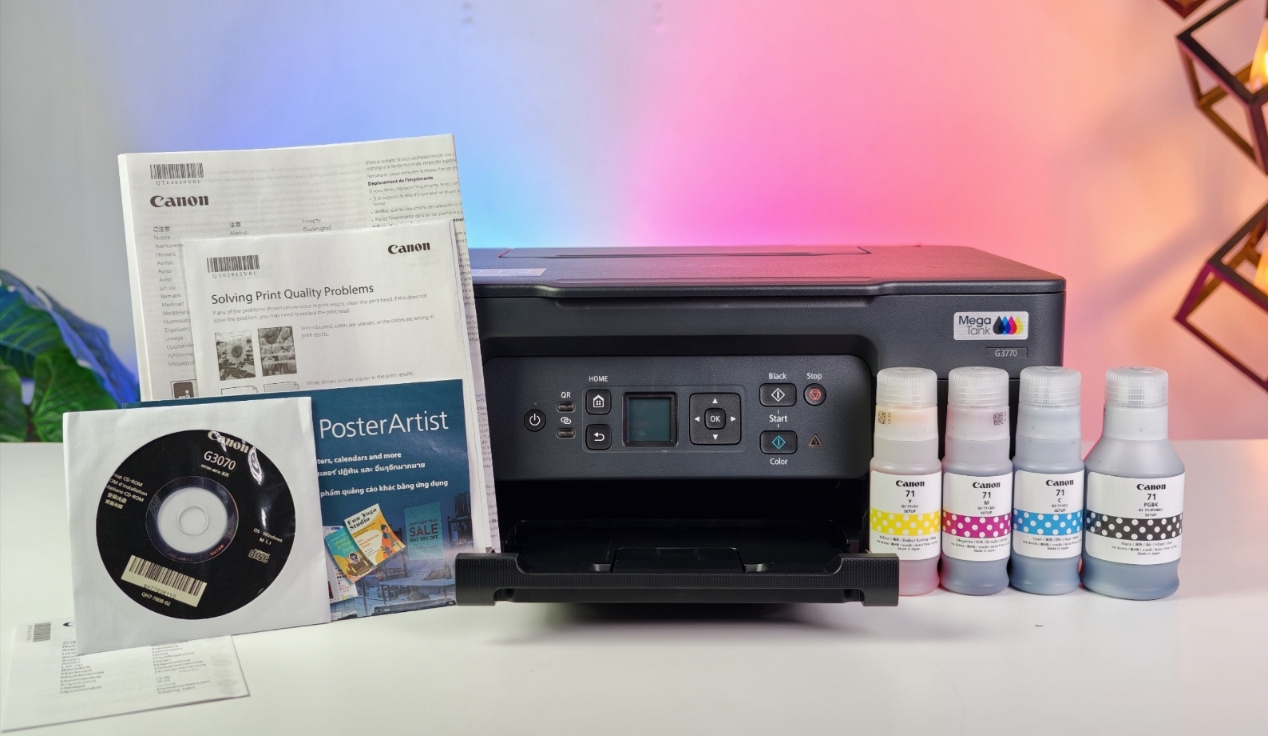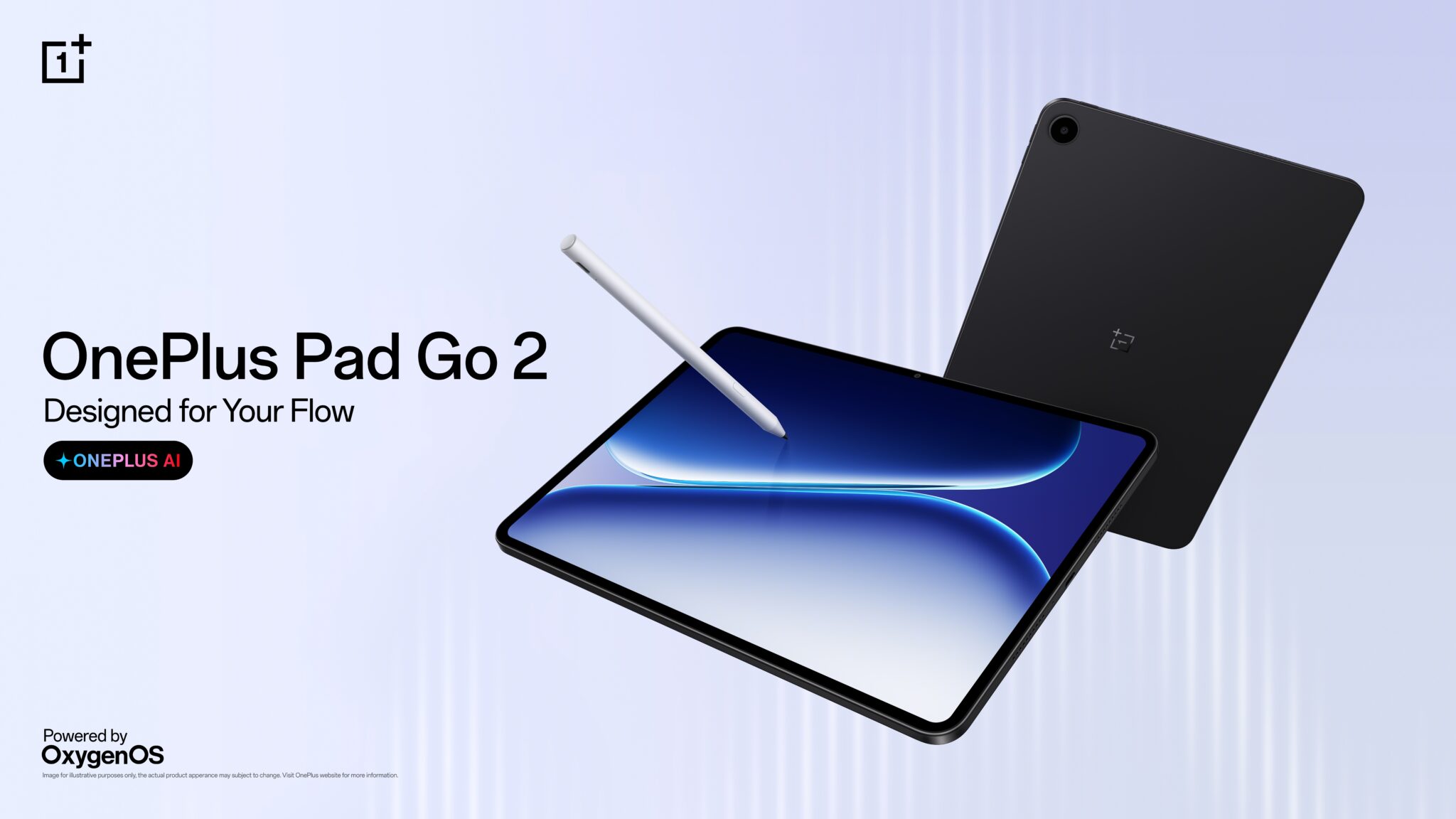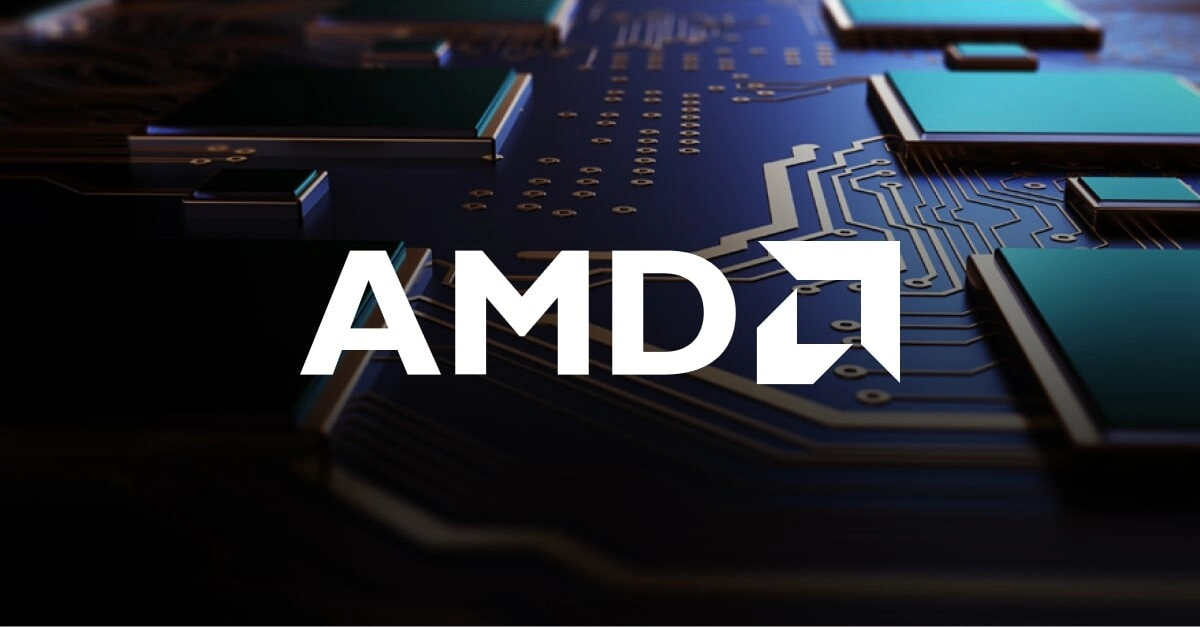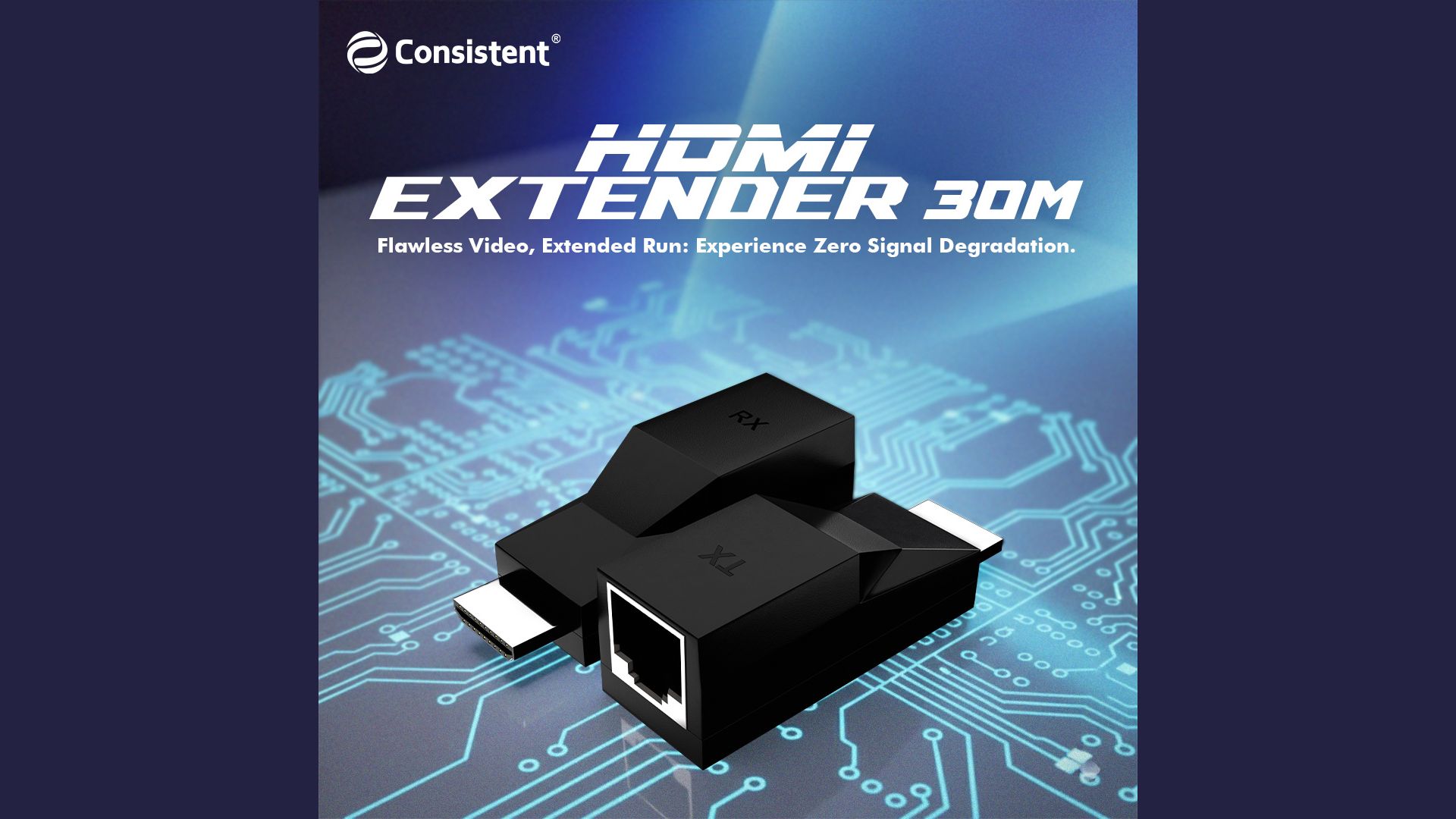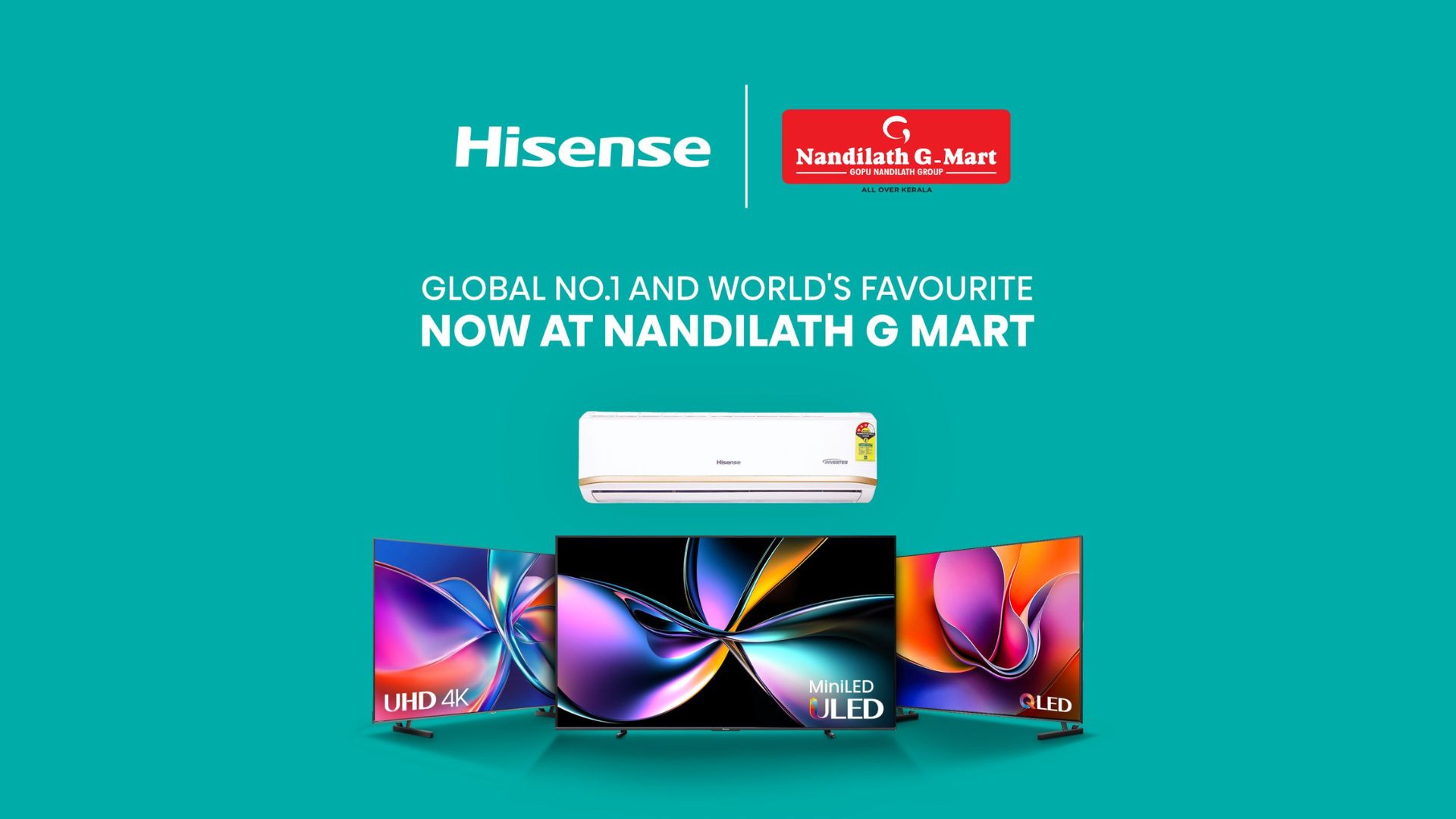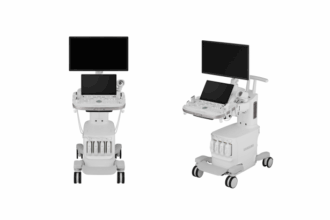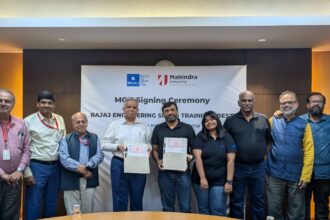Sony and AMD have offered a fascinating glimpse into the future of gaming graphics through a joint video presentation. The collaboration, known as Project Amethyst, introduced three new technologies currently in development. These innovations, Neural Arrays, Radiance Cores, and Universal Compression, are designed to push the limits of gaming performance, visual realism, and hardware efficiency. The presentation was led by PlayStation 5 architect Mark Cerny and Jack Huynh, a senior vice president at AMD.
Key Takeaways
- Sony and AMD are jointly developing new graphics technologies for future gaming platforms.
- The project highlights three main innovations: Neural Arrays for smarter AI processing, Radiance Cores for enhanced lighting effects, and Universal Compression for greater data efficiency.
- Together, these advancements aim to deliver higher frame rates, more lifelike graphics, and stronger performance by addressing today’s most pressing hardware challenges.
Although still in simulation, this technology is expected to lay the groundwork for future PlayStation consoles and AMD graphics cards.
The partnership between Sony and AMD has long been at the heart of the PlayStation ecosystem, with AMD providing the custom chips that power these consoles. This new announcement strengthens that bond, focusing on overcoming the technical barriers that limit current gaming performance. The goal, as Cerny and Huynh described, is to build a more powerful and efficient graphics pipeline for the next generation of gaming.
One of the standout technologies revealed was Radiance Cores. This new hardware component is designed specifically to handle real-time ray tracing and path tracing. Ray tracing, for context, is a rendering technique that simulates the physical behavior of light to produce remarkably realistic lighting, shadows, and reflections. Jack Huynh pointed out that trying to handle this through pure processing power is not scalable. With Radiance Cores dedicated to light simulation, the main GPU can focus on other important tasks like shading, resulting in a significant boost in both performance and visual fidelity.
Next came Neural Arrays, a system that fundamentally changes how a GPU’s compute units operate. Instead of having multiple units work independently on smaller jobs, Neural Arrays allow them to connect and operate together as a unified AI engine. This is especially crucial for upscaling technologies such as AMD’s FidelityFX Super Resolution (FSR) and Sony’s PlayStation Super Resolution (PSSR). Mark Cerny emphasized that this approach could mark a big leap forward in upscaling and denoising technology, leading to sharper, cleaner images at higher resolutions without compromising performance.
The third innovation, Universal Compression, focuses on solving one of gaming’s most persistent performance issues: memory bandwidth limitations. This system continuously evaluates and compresses all data moving through the graphics pipeline, not just textures or models. By transmitting only the most essential data, the GPU can operate more efficiently, achieving smoother frame rates and more detailed visuals while consuming less power. It’s a subtle but important change that supports both Neural Arrays and Radiance Cores in maintaining peak performance.
While these technologies are still in their early stages, they paint a promising picture of what’s ahead for console and PC gaming. Project Amethyst, in many ways, reflects how Sony and AMD envision the next phase of visual innovation, one that balances raw power with intelligent, efficient design. It’s too soon to tell exactly when gamers will experience these features firsthand, but if history is any guide, this collaboration could shape the next era of gaming graphics.
Frequently Asked Questions (FAQs)
Q. What is Project Amethyst?
A. Project Amethyst is the name for the long-term collaboration between Sony and AMD to develop new technologies for gaming, focusing on integrating machine learning and AI to improve graphics and gameplay.
Q. Will this technology be in the PlayStation 6?
A. While not officially confirmed for a specific console, Mark Cerny mentioned that he is looking forward to bringing these features to a “future console,” which strongly suggests they are intended for a successor to the PlayStation 5.
Q. How do Radiance Cores differ from current technology?
A. Radiance Cores are dedicated hardware for ray tracing calculations. Current AMD GPUs handle these tasks using general-purpose shader cores. Having dedicated hardware for this job, similar to NVIDIA’s RT Cores, is expected to provide a significant performance improvement in games with ray tracing.
Q. What is the benefit of Universal Compression for gamers?
A. Universal Compression reduces the amount of data the GPU needs to move from memory. For gamers, this means the hardware can deliver more detailed graphics and higher frame rates more efficiently, leading to smoother gameplay and better visuals.


